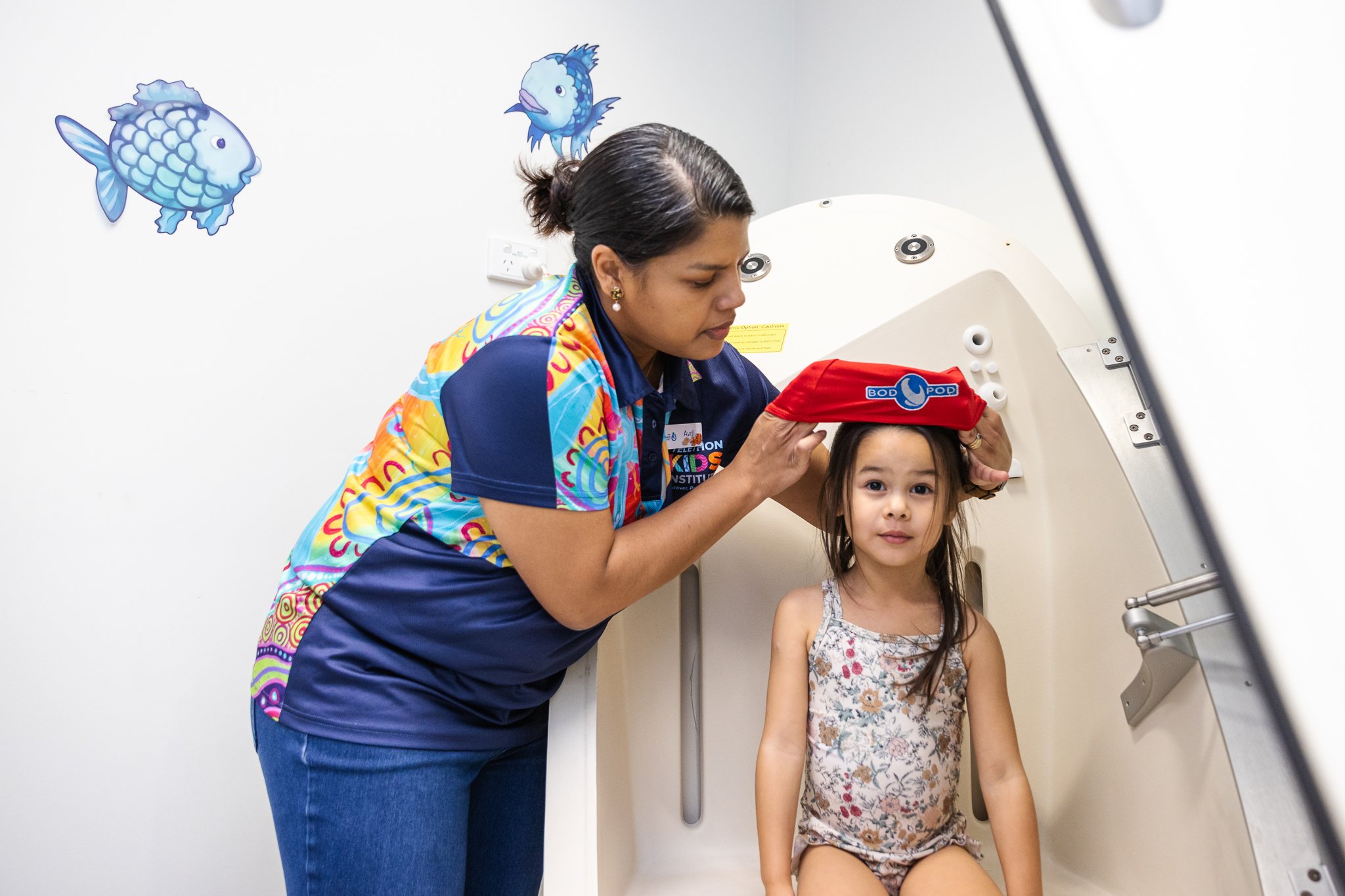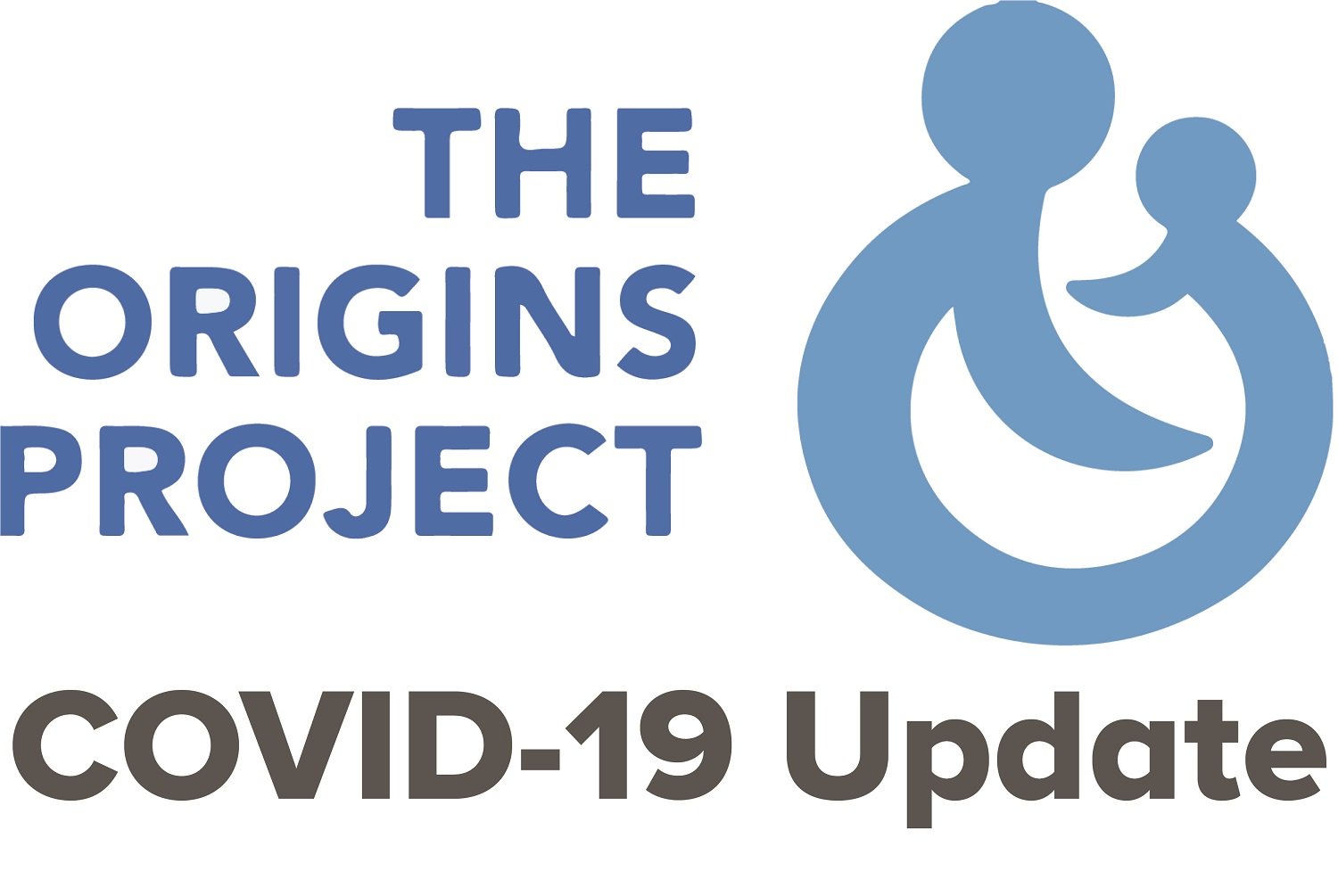Search
Publications, papers and findings coming out of ORIGINS and its sub-projects

News & Events
SYMBA study boosted by WA Child Research FundORIGINS' SYMBA study awarded State Government grant to extend vital research into allergies

News & Events
Join our Weight & Body Composition Working GroupInterested in research into weight and body composition?

News & Events
COVID-19 Update: 27 June 2021COVID-19 27 June 2021 Update: It is business as usual for ORIGINS, though masks must be worn.

News & Events
ORIGINS Family Day 2021ORIGINS says thank you to our gorgeous families with a Family Fun Day at the Pearsall Hocking Community Centre.

News & Events
ORIGINS has welcomed its 4,000th familyORIGINS has recently welcomed its 4,000th family into the study.

News & Events
Tech use impact on child health probed in ORIGINS studyA possible link between a rise in conditions such as obesity and attention deficit disorder and the use of computers and smartphones is the focus of a new ORIGINS Project sub-study into the effects of technology on children’s development.

News & Events
ORIGINS BENEFIT study tackling peanut allergyORIGINS BENEFIT study is looking at whether mums eating more allergenic foods during pregnancy and early breastfeeding would make a difference to their children developing allergies.

News & Events
Cow’s milk protein allergies on rise in kidsOne of the more common food allergies ORIGINS is seeing in babies is cow’s milk protein allergy (CMPA).

News & Events
Tackling weight problems in childrenHow to identify and tackle a weight problem in children is a delicate and sensitive issue for many parents. However, the earlier any child weight issues are identified the better.
